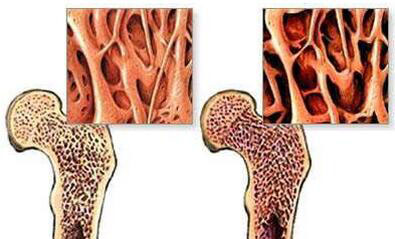
Introduction to
Osteomalacia
Osteomalacia means soft bones. Bone is a living, active tissue that’s continually being removed and replaced. This process is known as bone turnover. Bone consists of a hard outer shell (the cortex) made up of minerals, mainly calcium and phosphorus, and a softer inner mesh (the matrix) made up of collagen fibres.
When normal bone is formed, these fibres are coated with mineral. This process is called mineralisation. The strength of the new bone depends on the amount of mineral covering the collagen matrix. The more mineral laid down, the stronger the bone. Osteomalacia happens if mineralisation doesn’t take place properly. In osteomalacia more and more bone is made up of collagen matrix without a mineral covering, so the bones become soft. These softened bones may bend and crack, and this can be very painful.
There are rarer types of osteomalacia. These are usually due to problems in the kidneys which result in loss of phosphorous from the body. This is sometimes inherited and passed from parents to their children in their genes, but can also happen with other kidney problems and occassionally as a side effect of treatment with some drugs.